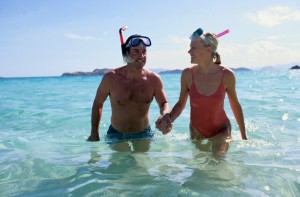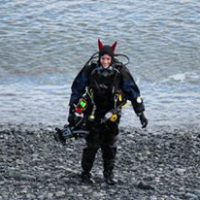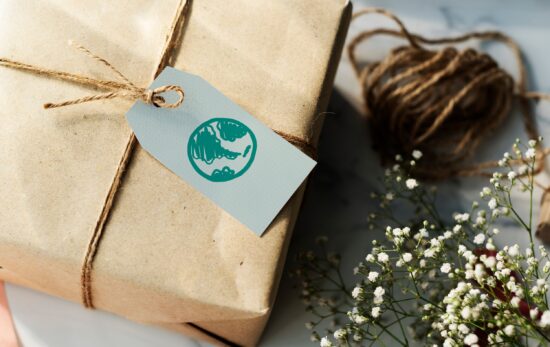 You might not have scuba diving experience, but that doesn’t mean you can’t explore the underwater world and see what it has to offer. Skin diving (snorkelling whilst making breath-hold dives to get closer to aquatic life) is a great holiday alternative for kids and families who do not have scuba training. It also requires less equipment than scuba diving, making it a convenient activity to enjoy while traveling and on the go.
You might not have scuba diving experience, but that doesn’t mean you can’t explore the underwater world and see what it has to offer. Skin diving (snorkelling whilst making breath-hold dives to get closer to aquatic life) is a great holiday alternative for kids and families who do not have scuba training. It also requires less equipment than scuba diving, making it a convenient activity to enjoy while traveling and on the go.
Before you venture out and add skin-diving into your holiday schedules, keep these tips in mind to ensure you’ll stay safe and have fun at the same time:
Tip #1 – Wear suitable exposure protection
Wetsuits are great for keeping divers warm in chilly water, but they also help protect against sunburn for skin divers on the surface. Be sure to wear a wetsuit (or at least cover up with a t-shirt or rash vest) no matter how warm or cold the water feels to protect your skin from the sun.
Tip #2 – Keep your distance from marine life
Scuba divers who follow Project AWARE’s 10 Tips for Divers know to leave marine life alone, and this tip applies to skin divers as well. It’s exciting to discover new flora and fauna you might not have seen back home, but creatures who are provoked may begin to feel stressed, and you could be interrupting their feeding or mating schedules as well as putting yourself at risk from aggressive behaviour. Look, but please don’t touch.
 Tip #3 – Follow the one-up, one-down buddy system
Tip #3 – Follow the one-up, one-down buddy system
When making breath-hold dives, split your group into pairs and make sure that when one person dives under the surface, their buddy is watching above the surface. This means there’s always someone on the surface ready to lend assistance should the skin diver run into any difficulties under the water, such as shallow water black-outs or entanglement. If you’re travelling alone, try booking onto a group trip to find a buddy.
Tip #4 – Get to know the area first
On any dive you take, whether its skin diving or scuba diving, it is best to check out and familiarize yourself with the area first. Remember that the environment you visit on holiday may be very different to what you’re used to at home. Pay particular attention to currents and tides that could make swimming difficult as well as entry and exit points to ensure you can return safely.
Tip #5 – Learn how to equalize your ears
Even as a skin diver, you’ll still need to equalize your ears to prevent ear damage, due to the increased water pressure at depth. Equalize pressure by pinching your nose and blowing gently – you should feel your ears ‘clear’ and the pressure subside. If you feel discomfort at any time, return to the surface – do not force your ears to equalise otherwise you’ll risk spoiling the rest of your holiday.
Ready to give skin diving a try? Contact your local PADI Dive Shop to book a skin diving trip or sign up to the PADI Skin Diver course.





